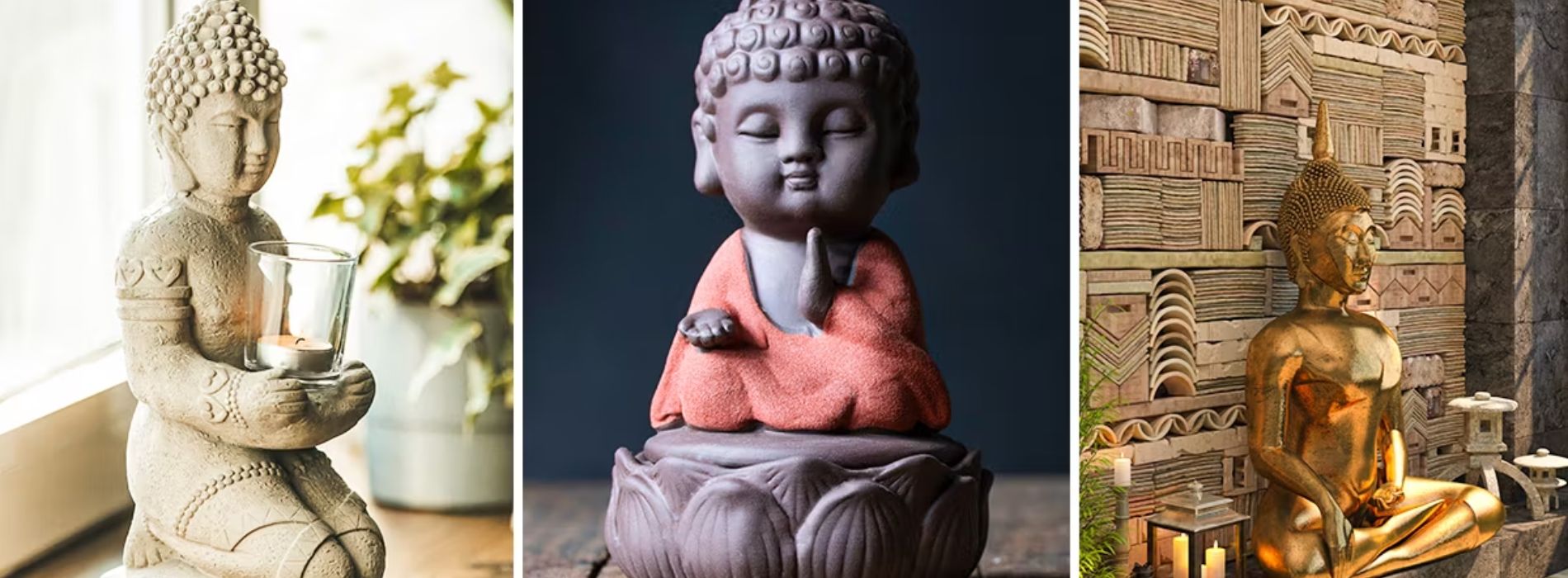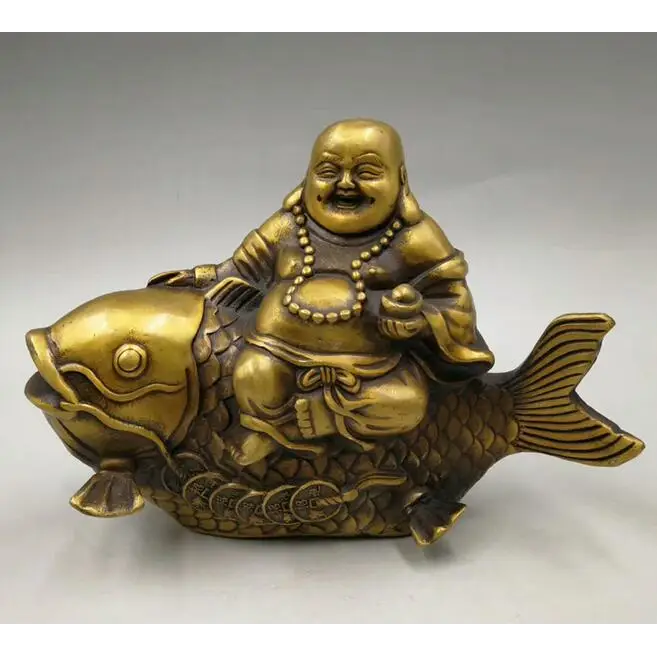How to choose your Buddha? Tips for Finding the Perfect Statue
What is a Buddha and why is it important to choose one carefully?
Buddhism is a religion and philosophy that originated in India more than 2,500 years ago. A Buddha is a person who has achieved enlightenment and who is considered a role model for practitioners of Buddhism. Buddha statues are objects of worship commonly used in Buddhist practice. Choosing the right Buddha statue is important because it represents wisdom, compassion and inner peace, and can create an atmosphere conducive to meditation and spiritual reflection.
When choosing your Buddha, you should consider several factors:
- The material: Buddha statues can be made of different materials such as wood, stone, bronze or metal. Each material has its own symbolic and aesthetic meaning, so it is important to choose the one that resonates most with you.
- The posture: Buddha statues can be represented in different postures, each having its meaning. The most common posture is that of the Buddha seated in meditation, but you can also find standing or reclining statues.
- The mudras: the mudras are symbolic hand gestures used in Buddhist practice. Each mudra has a different meaning, so it is important to choose the one that best represents what you are looking for, whether that is peace, protection or compassion.
- The size: Buddha statues can be of different sizes, ranging from pocket statues to large sculptures. Choose a size that suits where you want to place the statue.
The most common materials used for Buddha statues
Buddha statues can be made of different materials, each with its own characteristics and symbolism:
- The wood: wooden Buddha statues are usually handmade and have an organic, warm feel. Wood is often associated with natural energy and spirituality.
- The stone: stone Buddha statues have a solid and durable appearance. The stone is often used to symbolize stability and grounding.
- Bronze: Bronze Buddha statues are often considered valuable works of art. Bronze is a durable material that symbolizes strength and nobility.
- Metal: Metal Buddha statues are generally more affordable and easy to maintain. Metal is often associated with modernity and simplicity.
When choosing the material for your Buddha, consider where you want to place it, as well as your personal aesthetic.
The most commonly used postures and mudras for Buddha statues
The Buddha statues can be represented in different postures, each having its meaning:
- The seated posture in meditation: this posture represents inner peace, wisdom and deep meditation.
- Standing posture: this posture often represents the energy and spiritual strength of the Buddha.
- Reclining posture: this posture represents eternal sleep and entry into nirvana.
The mudras, for their part, are symbolic hand gestures:
- The peace mudra: this mudra is often represented with the palms of the hands facing forward to symbolize inner peace and non-violence.
- The protection mudra: this mudra is often represented with a raised hand to protect the practitioner from negative forces.
- The compassion mudra: this mudra is often represented with a hand extended forward to symbolize universal compassion.
Choose the posture and mudra that best suits your intention and spiritual practice.
The ideal size and location for your Buddha
When choosing the size of your Buddha, consider where you want to place it:
- A pocket Buddha statue can be ideal for a personal altar or to take with you when traveling.
- A medium-sized statue can be perfect for a bookshelf, desk, or meditation table.
- A large Buddha sculpture can be a focal point in a garden, meditation room or sacred space.
Choose a place where your Buddha will be visible and impactful, whether in your personal meditation space or in your everyday environment.
Place your Buddha according to feng shui
Feng shui is an ancient Chinese practice that aims to harmonize environmental energy to promote health, happiness and prosperity. According to feng shui, here are some tips for placing your Buddha:
- Place your Buddha so that it faces the entrance to your home to welcome positive energy.
- Avoid placing your Buddha in the bathroom or bedroom, as this may be considered disrespectful.
- Place your Buddha on a high level, such as a shelf or table, to show it off.
- Make sure your Buddha is clean and well-maintained, as this will promote positive energy in your space.
By following these tips, you will be able to choose and place your Buddha in such a way as to create an atmosphere conducive to inner peace and spiritual reflection.
Conclusion: Find your perfect Buddha
Choosing your Buddha is a personal and spiritual decision. By considering the material, posture, mudras, size, location, and feng shui practices, you will be able to find the Buddha that resonates most with you. Whether you are seeking inner peace, wisdom or protection, your Buddha can become a companion in meditation and spiritual reflection. Take the time to explore the different options and feel what appeals to you most. Be open and receptive, and your perfect Buddha will find you.












































